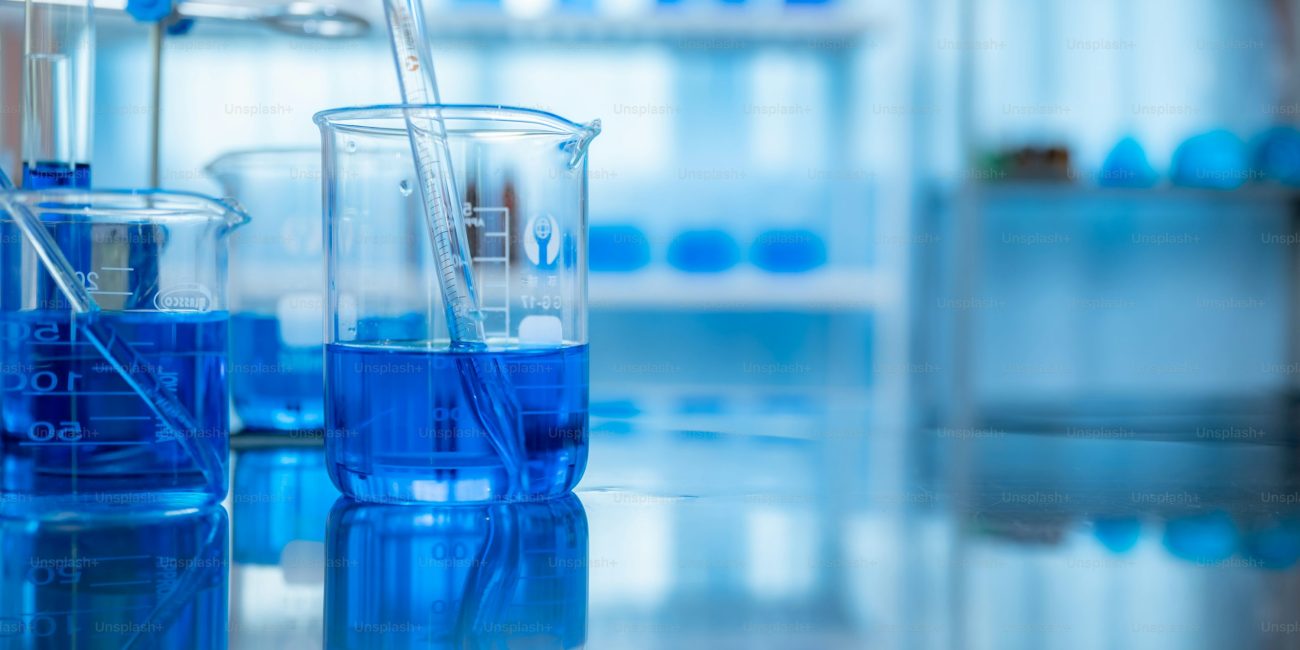
Lab Update 2025: How AI & Automation Are Transforming the Modern Laboratory
In 2025, laboratories across the world are undergoing a silent revolution. Once defined by manual workflows and isolated instruments, labs are now becoming intelligent, connected ecosystems driven by automation, robotics, and artificial intelligence (AI). The concept of a “smart lab” is no longer futuristic—it’s here, reshaping everything from biomedical research to materials science and environmental testing.
This blog explores the biggest technological shifts transforming labs today, the innovations making waves, and the challenges ahead for scientists and lab managers.
1. Rise of AI-Powered Labs
Artificial Intelligence is redefining research workflows. In 2025, AI systems don’t just process results—they help design experiments, analyze data patterns, and even predict outcomes.
Modern AI tools can read research papers, suggest methodologies, and detect anomalies that human eyes might miss. Self-driving labs, equipped with robotic arms and AI scheduling, can perform hundreds of experiments per day with minimal supervision.
At MIT, AI-assisted lab platforms now automate hypothesis testing, dramatically shortening discovery cycles in chemistry and biology. Pharmaceutical companies are also using machine learning to identify new drug candidates faster and more precisely than traditional wet-lab methods.
2. Robotics & Automation: The New Research Assistants
Automation isn’t new to science—but the level of precision and adaptability in 2025 is unprecedented.
Robotic sample handlers, automated pipetting systems, and digital inventory tools are now commonplace. These systems don’t just reduce human error—they improve reproducibility and free up researchers to focus on creative and analytical tasks.
One emerging innovation is integrated orchestration platforms—software that coordinates multiple lab robots and instruments simultaneously. This synchronization enables seamless data flow between processes like sample prep, measurement, and analysis.
Automation also improves safety by reducing exposure to hazardous materials and supports 24/7 operation, enhancing productivity without human fatigue.
3. Remote & Cloud-Connected Laboratories
The pandemic accelerated a shift toward remote experimentation and cloud-connected lab management.
In 2025, scientists can remotely access instruments, monitor experiments, and analyze data in real time from anywhere in the world. Smart dashboards display sensor data, while IoT-enabled devices transmit results directly to digital notebooks.
This trend is particularly beneficial for educational institutions and startups, allowing multiple users to share infrastructure virtually.
A recent breakthrough, TeleopLab, enables full remote control of robotic arms and laboratory tools via smartphone or laptop—offering real-time interaction and collaboration across continents.
4. Sustainability & Green Lab Practices
With climate awareness rising, labs are rethinking how they consume energy and materials.
Modern labs are major energy consumers, with intensive HVAC systems and single-use plastics. To counter this, the Green Lab Movement promotes recycling programs, energy-efficient freezers, and water-saving devices.
Smart sensors now monitor lab power usage, while AI optimizes temperature control and lighting to reduce carbon footprints. Laboratories are even shifting toward modular, flexible design—creating adaptable spaces that can evolve with research needs while minimizing construction waste.
5. Digital Data Integration & Smart Record Keeping
Traditional lab notebooks are giving way to Electronic Lab Notebooks (ELNs) and Laboratory Information Management Systems (LIMS). These digital tools streamline everything from sample tracking to report generation.
The integration of ELNs with AI allows researchers to search and cross-reference past experiments instantly. Data stored on secure cloud platforms enables collaboration across institutions without risking data loss.
The FAIR data principle—Findable, Accessible, Interoperable, Reusable—is becoming the gold standard in digital lab management, ensuring long-term scientific reproducibility.
6. The Emergence of Quantum-Ready & Bio-Hybrid Labs
Beyond automation, a new generation of labs is experimenting with quantum computing and biological hardware.
Quantum computers help simulate complex molecular interactions that would take classical computers years to process. In biology, researchers are even developing biological computers—living systems that perform computational tasks using DNA or cellular reactions.
These hybrid technologies open possibilities for faster drug discovery, materials development, and bioinformatics.
7. Skill Gaps & Training: Preparing the Workforce
Even as labs grow more intelligent, humans remain essential. The biggest challenge today is bridging the digital skills gap.
Scientists trained in traditional lab methods often need upskilling in data analytics, coding, and AI model interpretation. Universities and research organizations are now offering cross-disciplinary programs that combine life sciences with computer science and engineering.
Upskilling ensures that future researchers can work seamlessly with both physical instruments and digital tools, maximizing the potential of smart labs.
8. Future Outlook: The Self-Driving Lab Era
Looking ahead, the next stage of evolution will be fully autonomous labs—facilities where AI not only designs and runs experiments but also learns from results and refines hypotheses automatically.
Imagine a chemistry lab where AI identifies unknown reactions overnight or a biomedical lab that discovers new genetic therapies by simulating billions of molecular combinations virtually.
This transformation will dramatically shorten research timelines, lower costs, and expand access to scientific discovery worldwide. However, it will also demand strict ethical guidelines, data security frameworks, and transparent AI governance to maintain trust in scientific results.
Final Thoughts
The laboratory of 2025 is smarter, faster, and more sustainable than ever before. With AI, automation, robotics, and cloud technologies leading the charge, scientific discovery is entering an age of unprecedented speed and collaboration.